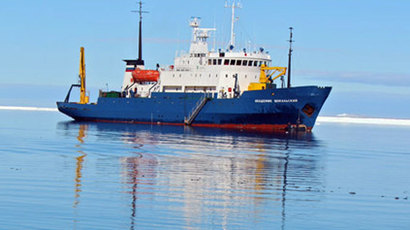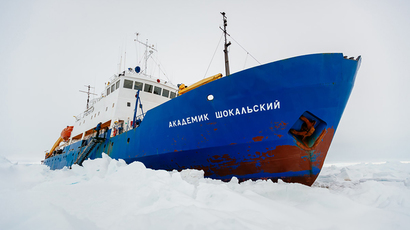Chinese icebreaker stuck after Antarctic rescue?
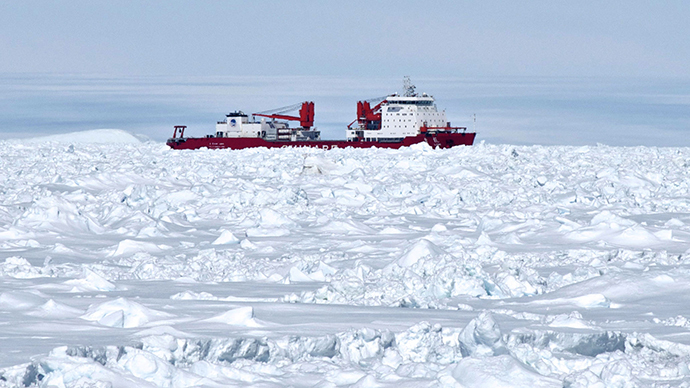
The Chinese icebreaker Xue Long, which helped rescue 52 passengers from the stranded Russian ship Akademik Shokalskiy, is feared to be stuck in the Antarctic sea ice. An Australian icebreaker is now on standby for a potential second rescue mission.
The Xue Long, or Snow Dragon, had helped ferry stranded passengers from the Akademik Shokalskiy to an Australian icebreaker the Aurora Australis, but is now concerned about its own ability to move through the heavy sea ice, the Australian Maritime Safety Authority (AMSA) said.
“The Xue Long has advised RCC (Rescue Coordination Center) Australia that it will attempt to manoeuvre through the ice when tidal conditions are most suitable during the early hours of 4 January 2014. There is no immediate danger to personnel on board the Hue Long,” AMSA said on Friday.
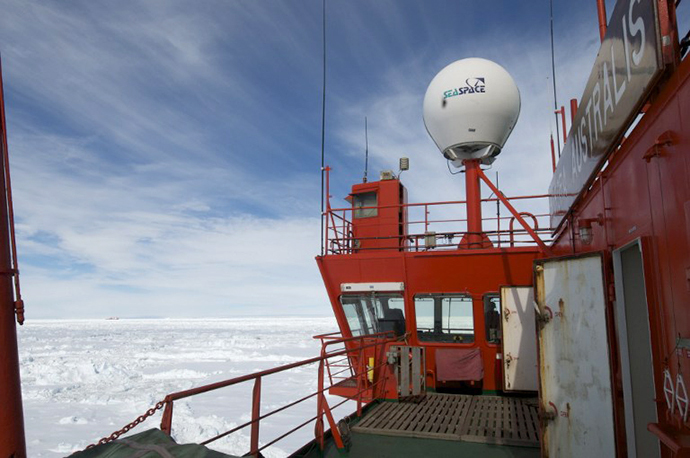
As a precautionary measure the Aurora Australis has been put on standby and will stay in open water for the time being. The Australian ship had planned to sail towards Casey, the Australian Antarctic base, to complete a resupply before taking the rescued passengers back to Australia.
A helicopter from the now stranded Snow Dragon had flown the 52 scientists and tourists from the Russian ship to the Australian ship late on Thursday.
The team on Akademik Shakalskiy had been attempting to retrace the steps of Douglas Mawson who led the Australian Antarctic expedition between 1911 and 1913 and had also planned to examine the effects of climate change on the Antarctic environment.
The ship became stuck in the ice on Christmas Eve, 100 nautical miles from the French Antarctic station Dumont d’Urville. The rescue, which Greg Mortimer, one of three expedition leaders on Akademik Shokalskiy, called a “roller coaster” operation had been repeatedly delayed due to bad weather and when it eventually got underway took 5 hours to complete.
Mortimer said he was “immensely relieved for the people under my care” but that he was “very sad” to leave the Russian crew behind.
AMSA confirmed that 22 crew members would remain on the Akademik Shokalskiy and that there were enough supplies for several weeks.
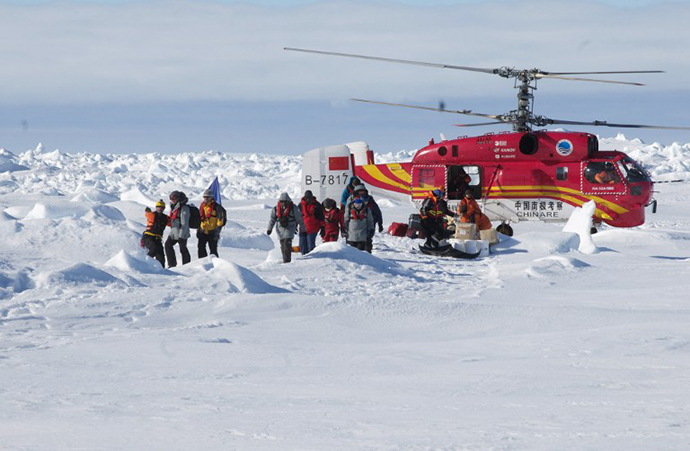
The acting director of the Australian Antarctic Division Jason Mundy confirmed that the rescue was carried out without a hitch and the passengers were comfortable on their new ship.
“The passengers seem very glad to be with us and they are settling into their new accommodation. There are sufficient berths on the ship for the extra passengers and we can look after them well for the final part of their journey,” said Mundy.
The general manger of AMSA, John Young, said that the ice conditions had made for a complicated rescue.
“[The rescue] was not the most remote carried out by AMSA but we wouldn’t want it to be much more remote than this on a regular basis,” he said.
Young said that he didn’t know how much longer the Shakalskiy would be trapped in the ice but reports in the Russian media quoting a source from the Russian Arctic and Antarctic Research Institute said it was unlikely to be able to break free until the 7-8 January at the earliest.
“Weather patterns affect the density of the ice and it may be that it opens up unexpectedly. It may be that she’s there for many weeks. That remains to be seen,” said Young.













